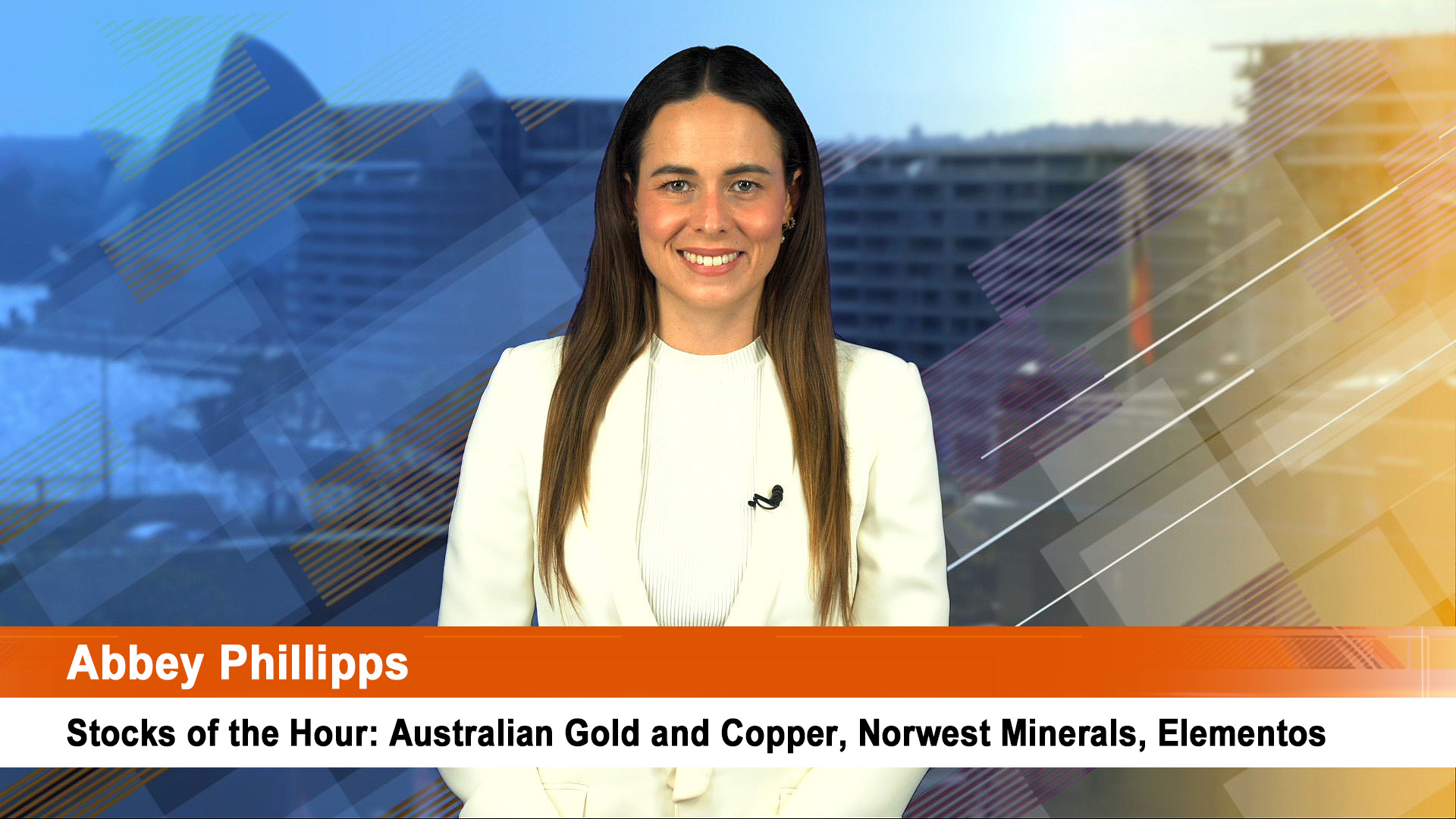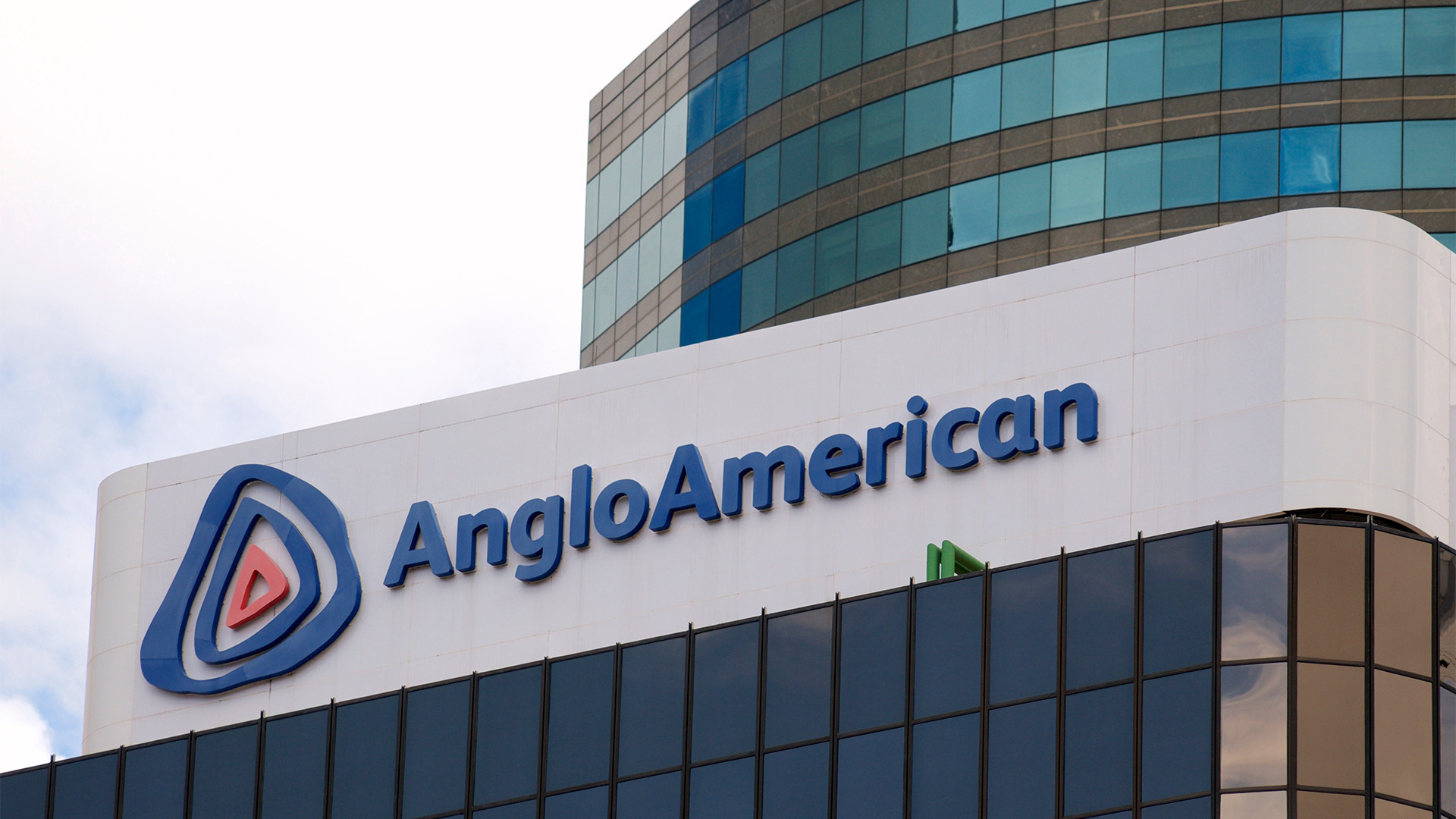Rio Tinto (RIO) seems to have missed riding the great 2016 iron ore price surge and record buying spree by Chinese steel mills, even though it met its reduced guidance for the year.
The miner shipped 345.9 million tonnes from its iron ore operations in Canada and Australia in 2016, which was lower than the 350 million tonnes originally forecast a year ago.
But Rio had warned investors to expect weaker than expected shipments from Western Australia’s Pilbara region, downgrading guidance from that region from 330 million tonnes to between 325 and 330 million tonnes which was met by December 31.
The Pilbara mines ended up shipping 327.6 million tonnes, including tonnes owned by joint venture partners like Hancock Prospecting. The December quarter production report said quarterly production was 85.5 million tonnes of iron ore, up 3% from the prior quarter.
While the full year figure was more than was shipped in 2015, it is clear the company is now seeing the pace of export growth slowing, and the soft performance from the Pilbara ensured total exports of iron ore from Rio’s global operations were below guidance for the year to December.
"Global iron ore shipments were in line with 2015 full year guidance of around 340 million tonnes (100 per cent basis). The strong second half performance was achieved following completion of the brownfield developments and expanded infrastructure in the Pilbara, enabling a drawdown of inventories, as well as improvements at Iron Ore Company of Canada,” Rio said yesterday.
Rio shares ended down 0.6% at $62.80 after trading as high as $64.09.
Rio shares were up 34% in 2016 and more than 5% so far this year on hopes it caught the price surge, and despite of ongoing production problems at its huge Pilbara mines.
Looking to 2017 and while the company is forecasting a rise on 2016’s figure, it will still be short of that 350 million target set at the start of last year.
Rio said it expected its Pilbara shipments in 2017 to be between 330 and 340 million tonnes (100%), subject to weather conditions.
The company will have extra tonnage available this year, according to yesterday’s statement from new mines:
"The second phase of the Nammuldi Incremental Tonnes (NIT) project was delivered in October, six weeks ahead of schedule, with an annual mine capacity of ten million tonnes. The Silvergrass project incrementally increases the Nammuldi operation by a further ten million tonnes a year, delivering high grade, low phosphorus ore into the Pilbara Blend. First ore is expected in the second half of 2017,” Rio said in yesterday’s report.
And buried the report was the news that the much hyped AutoHaul transport system remains a problem (it was one of the reasons why 2016 estimates were cut, especially the ambitious first up figure of 350 million tonnes).
“The AutoHaul® project will continue to progress during 2017 with extensive running of trains in automated mode, but with a driver remaining on board until all safety and reliability systems are thoroughly demonstrated,” Rio said.
In other words the much hyped system is not delivering on productivity and cost gains and remains a work in progress. Clearly it is not doing what Rio had claimed it would – replace labour at a lower cost and improved productivity. And finally, global iron ore prices jumped 81% in 2016 – but Rio yesterday provided figures showing it only captured a portion of that improvement.
“Approximately 20 per cent of sales in 2016 were priced with reference to the prior quarter’s average index lagged by one month.” The remainder (80%) was sold either on current quarter average, current month average or on the spot market. "Approximately 62 per cent of 2016 sales were made on a cost and freight (CFR) basis, with the remainder sold free on board (FOB). Achieved average pricing in 2016 was $US49.30 per wet metric tonne on an FOB basis (equivalent to $53.60 per dry metric tonne).
For 2015, the company said Approximately 22 per cent of sales in 2015 were priced with reference to the prior quarter’s average index lagged by one month. The remainder was sold either on current quarter average, current month average or on the spot market. Approximately 59 per cent of 2015 sales were made on a cost and freight (CFR) basis, with the remainder sold free on board (FOB). Achieved average pricing in 2015 was $US48.4 per wet metric tonne on an FOB basis.
The profitability of the key iron ore business will depend on the company’s cost controls (no mention of average production costs were given in yesterday’s report) and Rio’s ability to take advantage of low shipping costs earlier in the year although those rose as demand from China picked up in the closing months).
Rio’s production costs are around $US13 to $US14 a tonne, so there will be substantial profits for the miner, even with the small rise in production and sales in 2016 and based on the FOB prices per went metric tonne.
Bauxite was a bigger positive with revealing that the output for 2016 ran at 47.7 million tonnes, up 9% from 215 and it now expects will reach 48-50 million tonnes in 2017.
Copper production for the full year rose 4% to 525,300 tonnes, against the original forecast of 550,000 tonnes. Guidance was altered to between 535,000 tonnes and 565,000 tonnes in October, but came in lower than even the revised forecasts.
Rio’s relationship with Indonesia’s Grasberg mine (Freeport) was partly responsible for the poor result; the company only gets a 40% share of production at the mine if the owner, Freeport McMoran, produces more than a certain threshold.
The threshold looked set to be met last year, and a contribution from Grasberg was included in Rio’s quarterly production numbers midway through the year but a weak final quarter ensured the threshold was not met, and the Grasberg production was dropped from Rio’s numbers in yesterday’s report.
That is why output for 2017 forecast has been set in the wide range of 525,000-665,000 tonnes. Grasberg could pay off, or it could be another flop this year for Rio.
BHP Billiton will provide more details when it reports next week. Rio is a shareholder in BHP’s huge Escondida mine, as well as having other copper mine interests such as Grasberg.
In November, Rio outlined a range of productivity initiatives as it seeks to lift cashflow by $US5 billion for the next couple of years.













